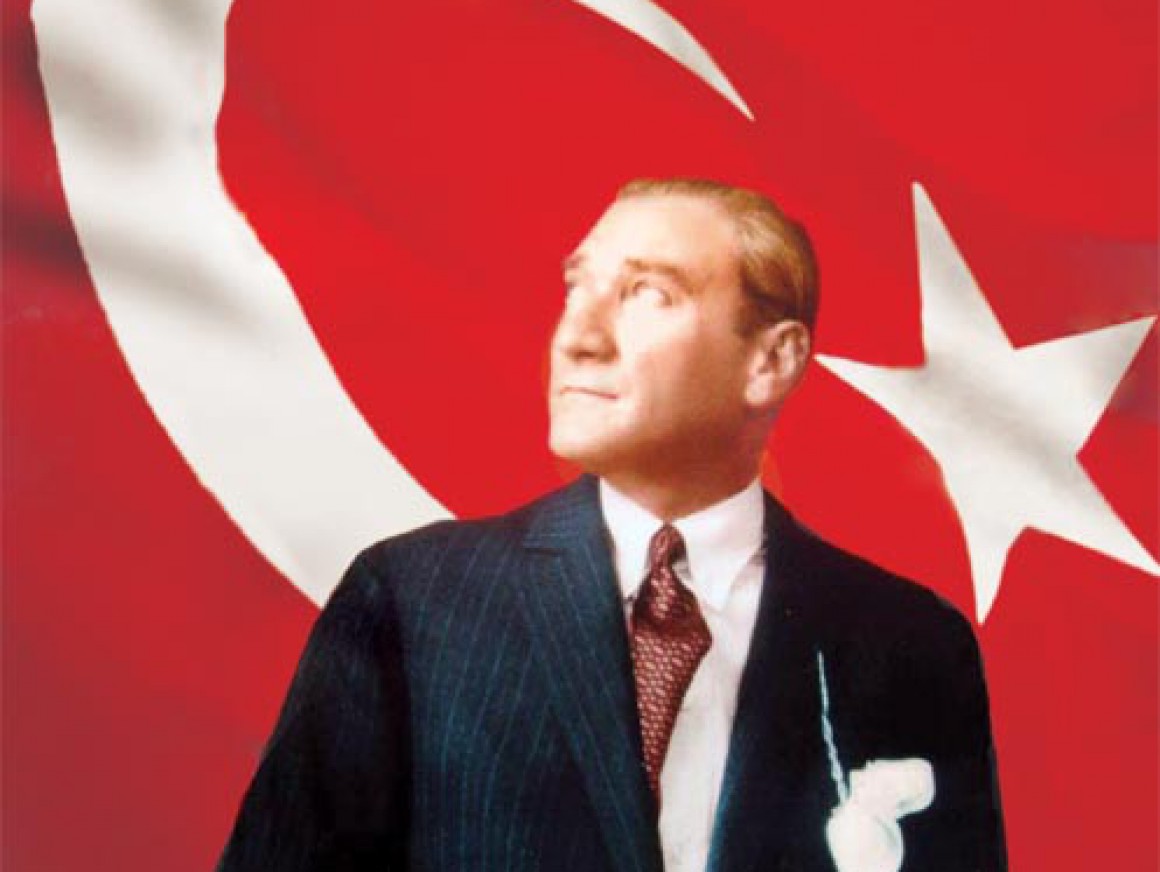Oakley’s chapter on the First Vatican Council contains the following nuggets. The first is that conciliarism was alive and sort of well in ecclesiologists such as Henri Maret, the last dean of the theology faculty at the Sorbonne. Oakley describes his position this way:
In conscious opposition, then, to De Maistre, Maret sought to identify in the Church’s constitution a liberal element that could open the way to his longed-for ‘reconciliation of the Church with the modern notion of freedom’. Noting the presence in the Church’s constitution of a ‘democratic element in that any member of the faithful could be called to the episcopal state and that is was the original practice of Christian communities to elect their bishops, he insists, none the less, that democracy cannot claim sovereignty in the Church. But nor does that sovereignty reside in any form of absolute monarchy. It belongs, instead, to monarchy tempered with aristocracy (in one place he calls it ‘a monarchy essentially aristocratic and deliberative’), in effect, what is sometimes called a mixed government, one framed along the same lines as ‘constitutional and representative monarchy’ in the world of secular regimes.
That much can be said, Maret believes, even without having determined the precise relationship between pope and bishops. But as soon as one attempts to make that determination, one comes up against the fact that two long-standing schools of thought compete for one’s allegiance. The first is the Italian school, which . . . . says, ‘the pope possesses a monarchical power that is pure, indivisible, absolute and unlimited.’ . . . The competing school, that of Paris, . . . asserts to the contrary that, while the pope is indeed the monarch of the Church, that monarchy is ‘truly and efficaciously tempered by [the] aristocracy’ of bishops. . . .
One has to decide between these competing schools, and to do so (he says) one has to put them to the test of scripture and tradition. So far as the scriptures are concerned, the celebrated cluster of texts (notably Matthew 16 and 18) which together constitute what he calls (and pace De Maistre) the very ‘constitutional charter’ of the Church, certainly seem to suggest that the sovereign power was given, not to Peter alone, but to the ‘collective unity’ of Peter and the other apostles, and to exclude from the government of the Church therefore any sort of ‘pure, absolute and indivisible monarchy’. But it is to the acts of the general councils down through history that one must turn for the ‘authentic commentary’ on and ‘legitimate interpretation’ of that fundamental scriptural’constitutional charter’. . . . [O]n the conflicted issue of the pope-bishop relationship the decrees emanating from Constance and Florence are ‘the most weighty and celebrated’. (211-213)
Maret’s conclusion was that Haec Sancta and Frequens, the conciliar determinations that resolved the Western schism, were not “dogma of faith,” but “constitutional law” that regulated ecclesiastical power. These were decrees that stated more clearly and solemnly than had been before that the “Church’s constitution was to be viewed as a mixed one, a ‘monarchy . . . essentially aristocratic and deliberative’, one in which the pope, while possessing by divine authority the plenitude of power, was no pure absolute and unlimited monarch but a ruler who, in the exercise of that power, was limited by the aristocratic element constituted by the bishops themselves — ‘true princes,’ he added, possessing by divine right a share in the Church’s sovereign power.”
The second nugget is that First Vatican Council ended this tradition of conciliarism:
Maret’s position was to be doomed, thrust into the outer darkness of heterodoxy by Pastor aeternus, the First Vatican Council’s historic decrees on the primacy of jurisdiction and infallibility of the pope. Or so the pertinent curial officials clearly concluded. If Lord Acton as a layman was able to avoid any forthright endorsement of the council’s teaching on infallibility against which he had fought so vigorously, clerics like. . . Maret were permitted very little room for manoeuvre. . . . [Maret] was to find that his earnest attempts to identify some fugitive common ground between his own form of neo-Gallicanism and the ecclesiology which informed Pastor aeternus were unacceptable at Rome. In August 1871, then, though without specifying what is was, precisely, that he had in mind, he publicly disavowed ‘whatever in his book and in his Defense is opposed to the Council’s definition.’ (216)

